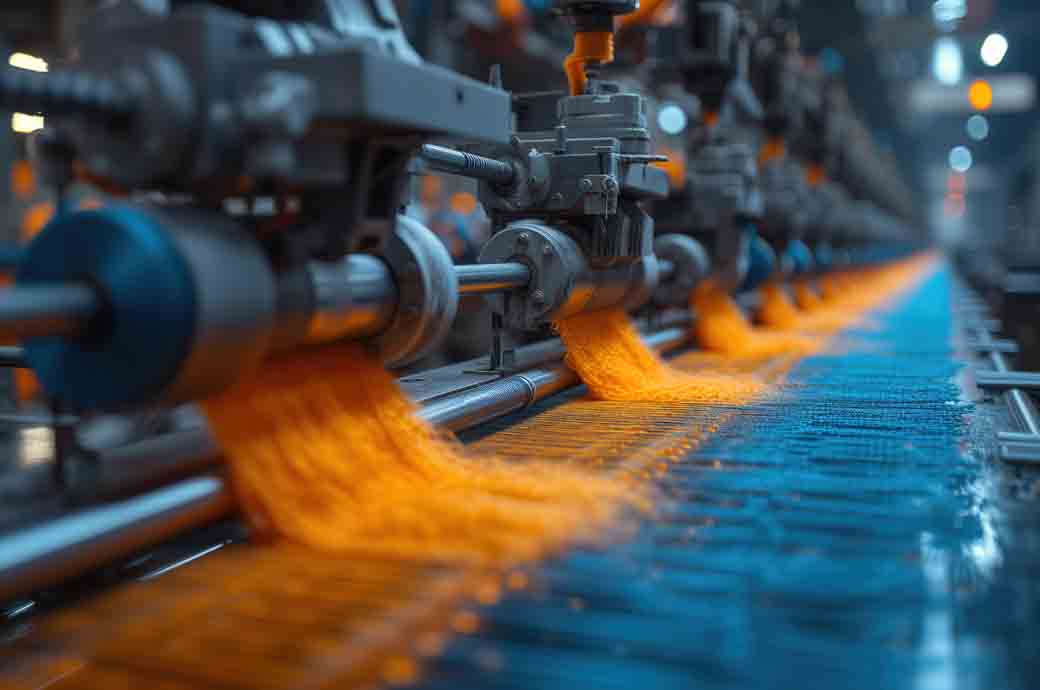
Media reports underlined this adding, industry insiders have emphasised that unlocking this potential requires crucial policy support and the resolution of existing bottlenecks.
However, a comprehensive study has shed light on various policy issues and constraints hindering the industry’s growth. Among these are challenges such as limited access to duty-free raw materials, import duties on MMFs contrasting with cotton’s duty-free status, and cumbersome customs clearance procedures.
The study titled ‘Upscaling the RMG Sector’ by the Research and Policy Integration for Development (RAPID) forecasts a substantial rise in MMF export earnings, estimating a potential increase of $12.5 billion to $19 billion within a decade if Bangladesh achieves its projected market shares for 20 key products.
While cotton-based apparel dominates exports, there has been steady progress in MMF apparel over the past two decades, albeit from a smaller base.
Import data further reflects the growing significance of MMF in Bangladesh’s garment manufacturing. Notably, imports of polyester staple fibre and synthetic filament yarn have seen significant increases in recent quarters, indicating a shift towards non-cotton fibres.
Despite its strong foothold in the cotton market, Bangladesh has ample room for expansion in MMF and blended apparel. Currently holding a 5.6 per cent global market share, the country trails behind major players like China and Vietnam even as the global apparel export landscape has witnessed significant changes, with MMF and blended apparel surpassing cotton in value now.
Dr. MA Razzaque, chairman of RAPID, underscored the rising global demand for MMF-based garments, driven by consumer preferences for adaptable, sustainable clothing options while also suggesting that Bangladesh could potentially earn up to $19 billion from MMF garment exports within the next decade with concerted efforts to address existing challenges.
Meanwhile, Fazlee Ehsan Shamim, vice president of the Bangladesh Knitwear Manufacturers and Exporters Association (BKMEA), stressed the need for supportive policy measures to encourage entrepreneurs to explore non-cotton segments and attract investment.
Fibre2Fashion News Desk (DR)